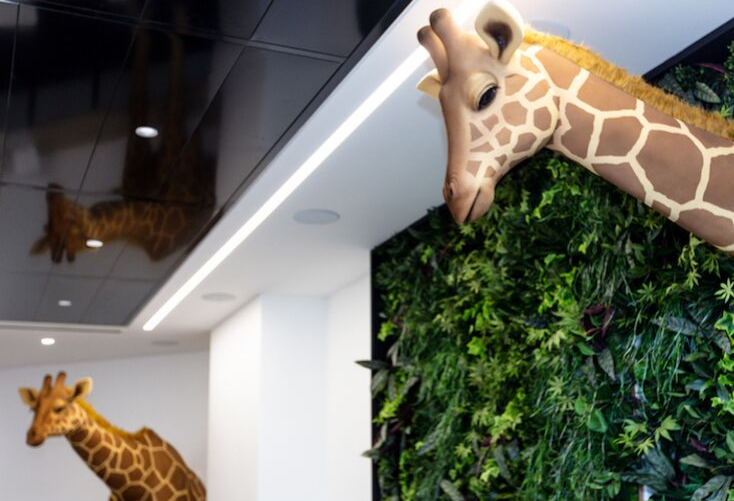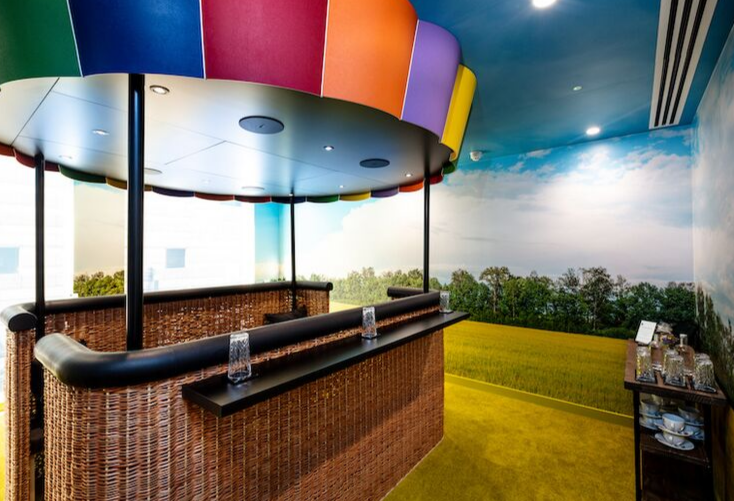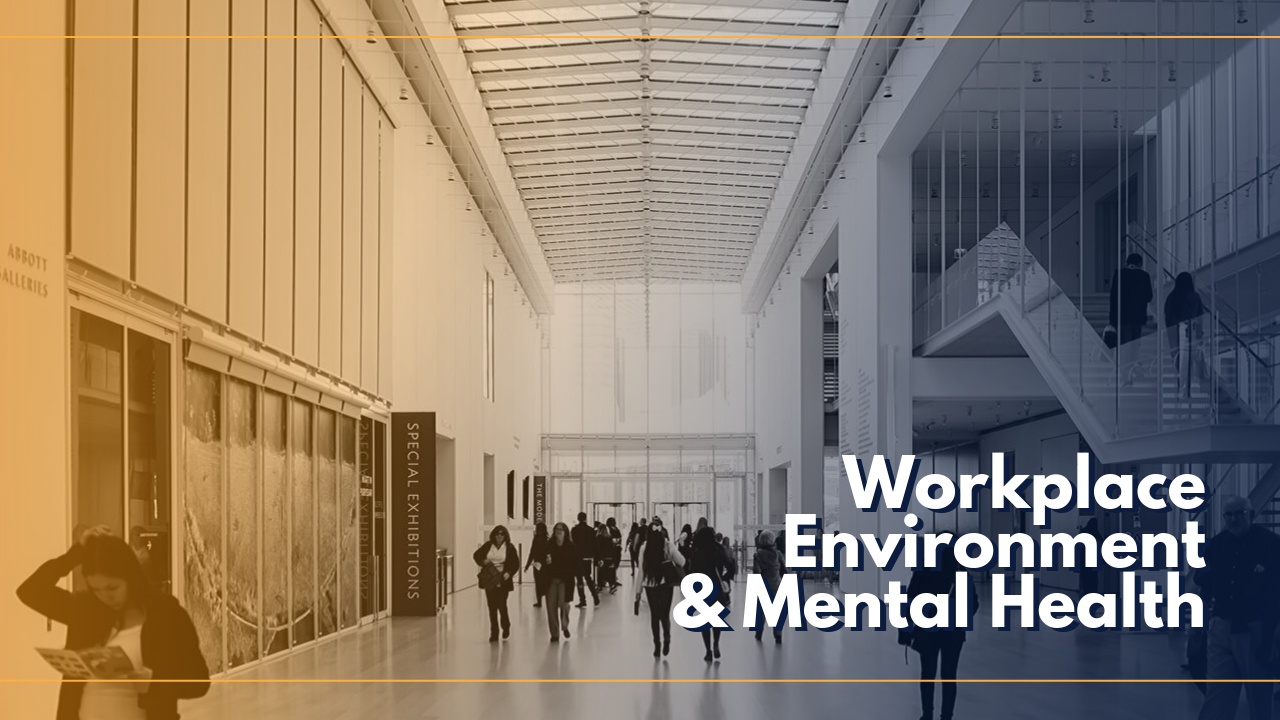- This Thursday, October 10th, marks the celebration of World Mental Health Day.
- People spend as much as a third of their lives at work, so it’s important that the work environment contributes to our overall wellbeing, including mental and physical health.
- Here are three easy ways companies can improve the workplace environment to better support and nurture mental health.
This article was written by Niki Fuchs, Co-Founder of Office Space in Town
Ahead of World Mental Health Day, October 10th, here are three ways in which the workplace environment can improve and nurture better mental (and physical) health.
With as much as a third of our lives spent at work, having an environment that can nurture and support positive mental health is becoming a matter of necessity. As mental health has moved its way up the agenda, businesses are also increasingly recognising its significance not only for employee happiness and retention, but also productivity.
This change in attitude has created demand for a physical space which can support mental wellbeing, with flexible offices and coworking spaces leading that charge. Office providers are responding by adopting new approaches to the physical workplace, increasingly relying on measures such as integrating natural design, facilitating a better work-life balance by easing the commute and emphasising the positive effects of community. With these basic changes to the office environment, we can make sure we are nurturing the mental health of our workforces.
Back to nature
With so much of our time spent inside the four walls of an office, it is little surprise that office design can impact mental and physical health. One way employers are trying to remedy this is by bringing the outdoors indoors through the use of biophilic design.
This technique has been found to lessen the impact and sense of separation that affect employees’ mental health by mimicking natural features inside a workspace. Businesses that have adopted this technique have found that it has helped to improve worker concentration, cognitive ability and productivity.
Positively, this doesn’t have to be a money intensive exercise: introducing something as simple as office plants, for example, can increase oxygen levels to improve concentration, reducing mental fatigue and alleviating stress. When deployed effectively, biophilic design, including the introduction of plants, living green walls or greater natural light has been found to reduce stress and promote happiness in the workplace, while simultaneously improving staff retention and reducing health complaints.

Commuting Conundrum
Encouraging mental wellbeing doesn’t just take place at work. Getting to work and the negative associations with the “daily commute” can feed into job dissatisfaction and poor mental health.
For example, a recent study conducted by Office Space in Town found that over a third of people are commuting for more than 90 minutes per day, negatively affecting their lifestyle and impacting their ability to get enough sleep. Offices that are located along reliable travel routes can alleviate some of the stresses associated with the commute.
Businesses can also accommodate better journeys to work in more ways than simply opting for a central location. Promoting workforce health by encouraging exercise through initiatives such as cycle-to-work schemes, and offering shower and cycle storage can help alleviate the typical stresses of the commute, all whilst having a positive impact on the mental health and physical wellbeing of employees.

Better together
With the rise of remote working and tech connectivity that renders physical meetings less common, there are growing concerns surrounding workplace loneliness. It is now calculated that the average worker spends over 13 years of their life at work.
With that in mind, having a working environment that can maximise building relationships for that time is highly beneficial. This can be facilitated by providing breakout places, rooftop terraces and formal and informal meeting spaces. Workplaces that offer variety within their environment can remove communication obstacles, easing the pathway to conversation and collaboration for which humans are built.


While variety and flexibility is clearly at the core of the office of our future, it’s important for businesses to ensure that change doesn’t come at the cost of employee happiness. For example, informal working practices such as hot desking can leave employees feeling disconnected from their work and their teams.
A progressive working environment should seek to find the balance between an environment that promotes socialising and one which nurtures the ability to work in different settings.
Final Thoughts
Companies thrive on the ideas, inspiration, motivation and, ultimately, the wellbeing of their people. Through an effective combination of a forward-thinking business culture and the practicalities of office design, office providers can help to support healthy, happy and motivated workers.
With basic changes to the office environment, including natural design elements, amenities to facilitate less stressful commutes and communal spaces, we can ensure we are nurturing the mental health of the workforce of the future.


 Dr. Gleb Tsipursky – The Office Whisperer
Dr. Gleb Tsipursky – The Office Whisperer Nirit Cohen – WorkFutures
Nirit Cohen – WorkFutures Angela Howard – Culture Expert
Angela Howard – Culture Expert Drew Jones – Design & Innovation
Drew Jones – Design & Innovation Jonathan Price – CRE & Flex Expert
Jonathan Price – CRE & Flex Expert













